
NPS/D. Lehle Many visitors are lured to Grand Teton to experience one of the park’s most popular activities—Fishing. A day of fishing is hallmarked by mountain views, cool waters, and (hopefully) a catch or two. Fishing in Grand Teton is an unforgettable experience here is what you need to know before you go. Season Dates
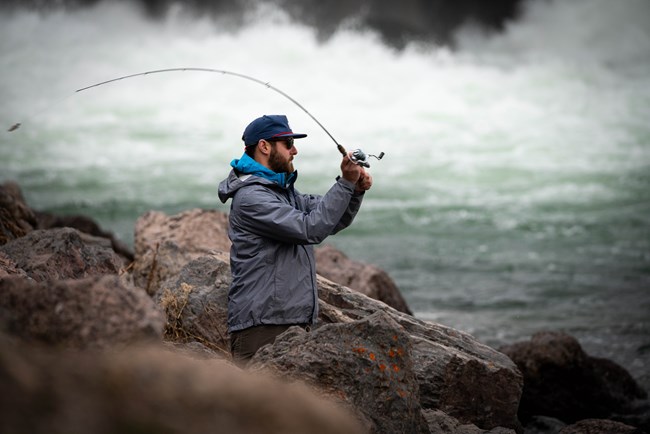
NPS Photo/C. Adams Legal TackleTwo rods or poles may be used with the angler in attendance. Each line may have no more than three single or treble hooks, flies, or lures attached.
Creel and Size Limits
*Trout = excludes brook and lake trout 
NPS Graphic Water TemperaturesTemperature is one of many stressors that affect fish behavior and survival. Fish, like most animals, have preferred temperatures. When exposed to extremes outside their preferred zones, it can be stressful and make it harder for them to survive. 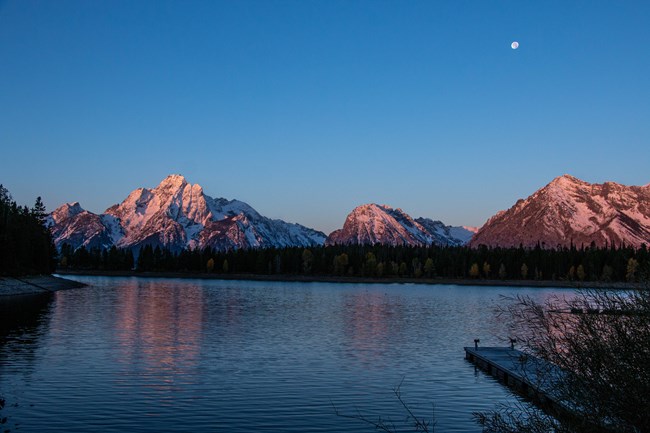
NPS Photo/C. Adams With your Wyoming fishing license, you are permitted to harvest fish, in accordance with creel limits, for consumption. Fish can be a healthy addition to one’s diet, but anglers should be aware that consumption advisories have been developed by Wyoming Game and Fish Department for the following species of fish in the park: cutthroat, brown, and lake trout as they may contain methyl mercury.
Aquatic Invasive SpeciesPREVENT THE SPREAD OF INVASIVE SPECIES - CLEAN. DRAIN. DRY. Aquatic invasive species (AIS), such as zebra or quagga mussels, Eurasian milfoil and curly pondweed, are a serious ecological and economic threat to the Greater Yellowstone Ecosystem. Boats, waders, and anything else that comes in contact with a body of water has the potential to spread non-native plants, pathogens, and other invasive species from one water body to another. Concessioner Guided FishingRiver Fishing Trips Additional Grand Teton Information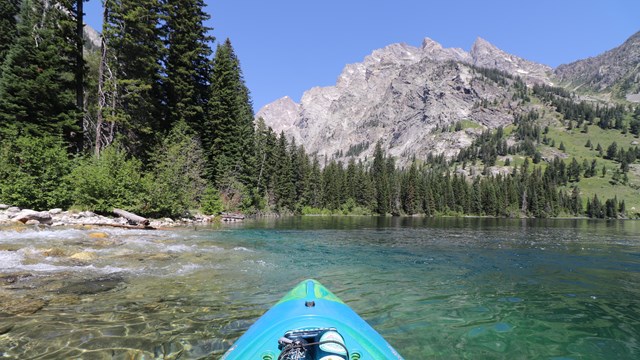
Boating and Floating
Paddle on Jenny, String, Leigh, or Jackson Lake. 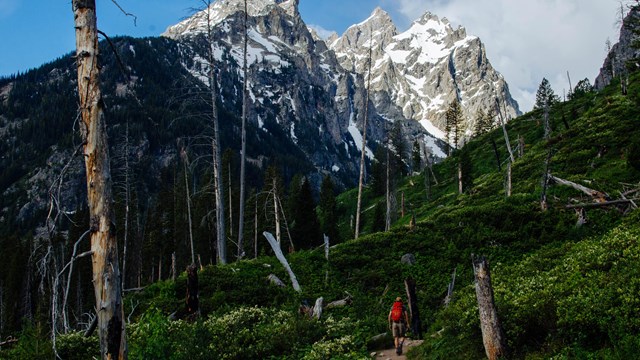
Hike in Grand Teton
Explore hikes throughout Grand Teton National Park. 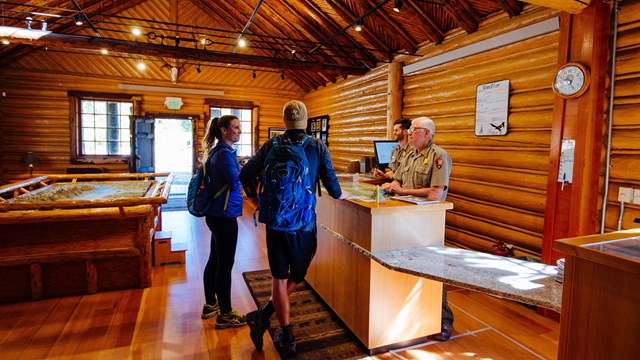
Talk to a Park Ranger
Find a visitor center in Grand Teton. 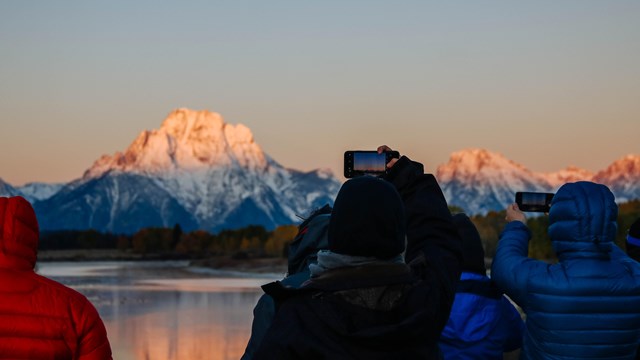
Plan Your Visit
Learn more about Grand Teton and plan your trip here. 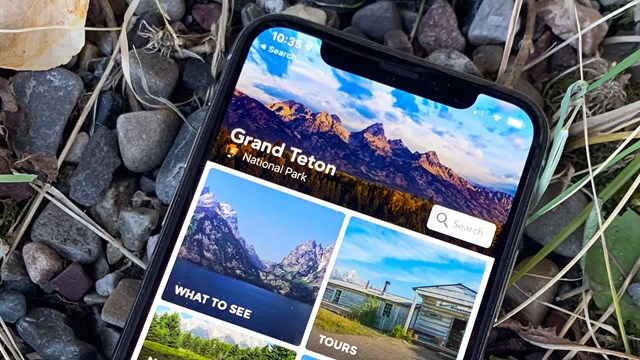
We have an app for that
Download our new app before you get here! Explore Grand Teton and discover places to visit, find a bite to eat, and a place to stay. |
Last updated: August 5, 2024
